Zambia, a safari lover’s paradise, offers an unforgettable experience with its majestic Big Five—lion, leopard, elephant, buffalo, and rhino—roaming its pristine national parks like South Luangwa and Kafue. The nation also honours the Little Five, a distinctive twist that includes the buffalo weaver, ant lion, leopard tortoise, rhino beetle, and elephant shrew. Zambia is an ideal location for nature lovers looking for both grandeur and undiscovered natural treasures because of its combination of famous fauna and tiny, intriguing creatures.
Excited to Visit Zambia? Apply Now
The application process is straightforward: visit the Zambia eVisa website, complete the form, submit the required documents, pay the fee, and send in your application to receive your eVisa.
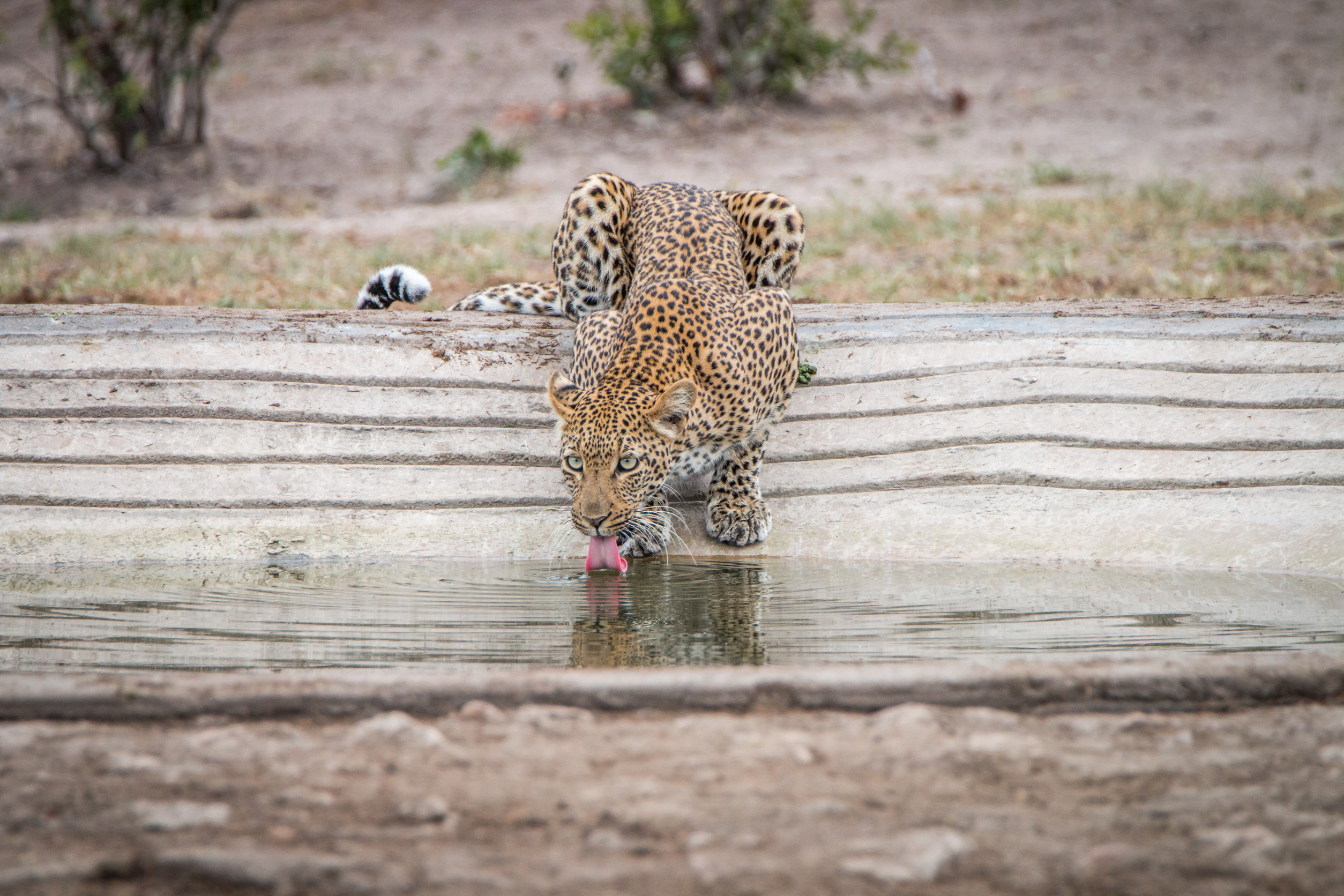
Why Zambia? The Ultimate Safari Destination
If you are looking for a safari destination that offers a really untamed experience, go no further than Zambia. Zambian parks are more personal and less commercialized than those in other parts of Africa. The unique selling point is this:
- Pristine Wilderness: Zambia’s national parks are vast, remote, and less crowded, giving you a sense of having the wilderness all to yourself.
- Walking Safaris: The walking safari originated in Zambia and provides a special chance to see the bush on foot and establish a closer bond with the natural world.
- Stunning Landscapes: From the mighty Zambezi River to the lush floodplains of the Luangwa Valley, Zambia’s landscapes are as diverse as they are breathtaking.
- Conservation Leadership: Zambia is dedicated to safeguarding its wildlife so that future generations can share in the same great experiences.
Why are they called the Big Five?
The term "Big Five" was coined by African colonists in the late 19th century to describe the five wild creatures that were considered the most hazardous and hardest to hunt on foot. Because of how fierce these creatures can get when hurt or trapped, they are regarded as extremely deadly. This indicates that the Big Five are neither the largest nor the heaviest of Africa's wildlife; if size and weight were the only factors considered, giraffes, crocodiles, and hippos would have to compete.
Exploring Zambia’s Legendary Big Five
Big-game hunters first used the name "Big Five" to refer to the five most difficult species to hunt on foot. For safari travellers today, it stands for the pinnacle of animal experiences. One of the few locations in Africa where you may see all five of these magnificent animals in their native environment is Zambia. Here is why they are all so unique:
The Lion: King of the Savanna
Nothing compares to the excitement of making eye contact with a lion in the wild. Pride of lions dominate the grasslands and riverbanks of South Luangwa National Park in Zambia, which is a lion hotspot. These magnificent felines are frequently spotted teaching their young how to hunt or relaxing in the shade. Were you aware? Since lions are more active at night, South Luangwa is among the greatest locations in Africa to see them during night drives.
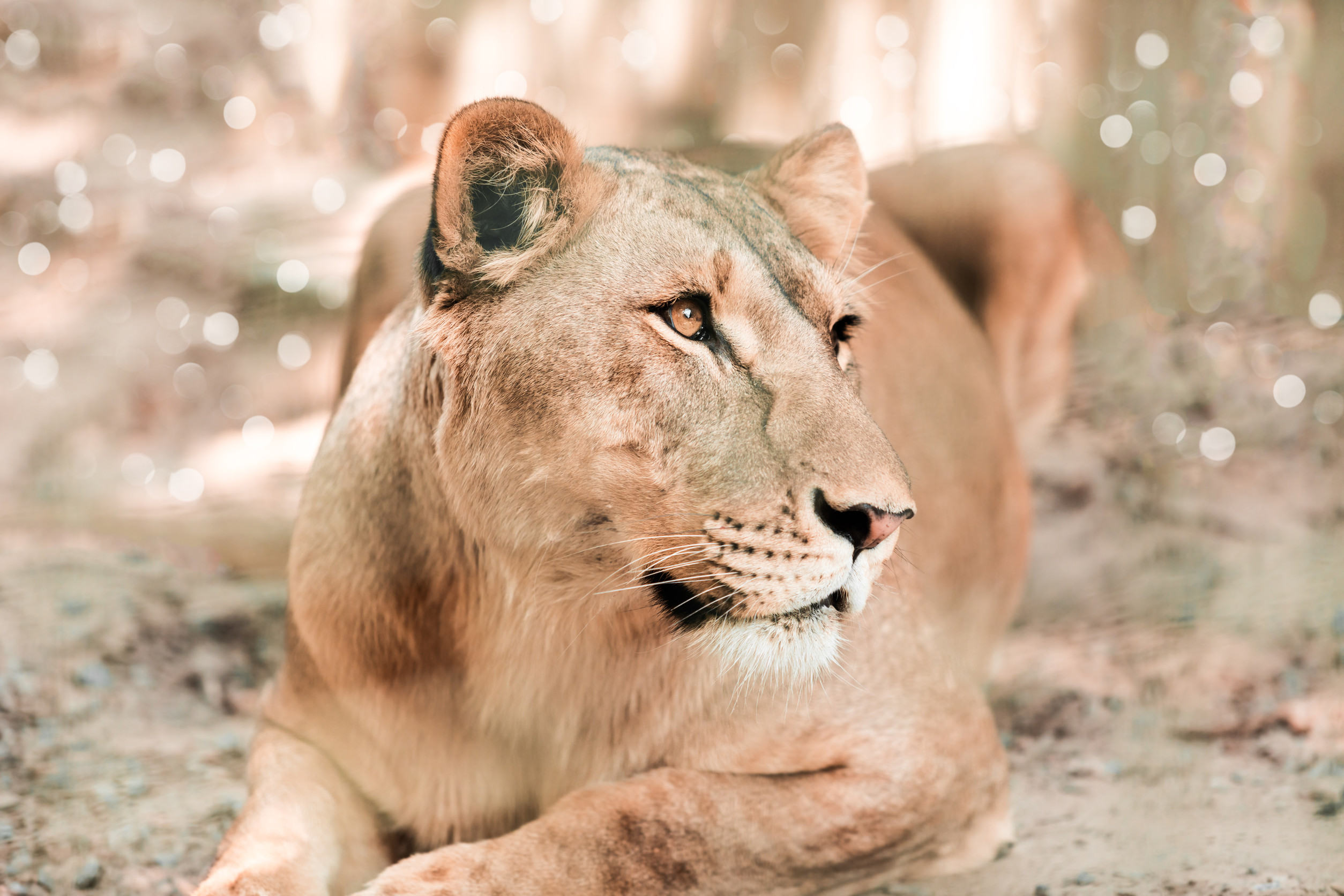
Five Astonishing Facts About Lions
We bet you were unaware of the following five facts about the lion:
- Lions are content to forage for food, frequently taking what a hyena, a wild dog, a cheetah, or a leopard has killed.
- By absorbing the moisture in their prey's bellies, they can go four or five days without drinking.
- The weaker lionesses on the flanks bring the prey into the centre so the stronger ones can kill it. Lionesses hunt in a semicircle.
- During combat, the male lion's mane serves to shield its neck.
- A lion's roar can be heard up to eight kilometres distant. To find other pride members, they roar.
The Leopard: The Phantom of the Night
Of the Big Five, the leopard is the most elusive, but Zambia is among the best sites on earth to see this mysterious predator. Because of the abundance of these stunning animals, South Luangwa National Park is frequently referred to as the "Leopard Capital of Africa." Imagine a leopard with its golden coat shimmering in the moonlight, stretched elegantly over a tree branch. You will be left speechless by the sight.
Leopard Surprises: Five Hidden Gems You Didn’t Know About
The African leopard (Panthera pardus pardus) is a fascinating creature. Here are some facts you probably didn't know:
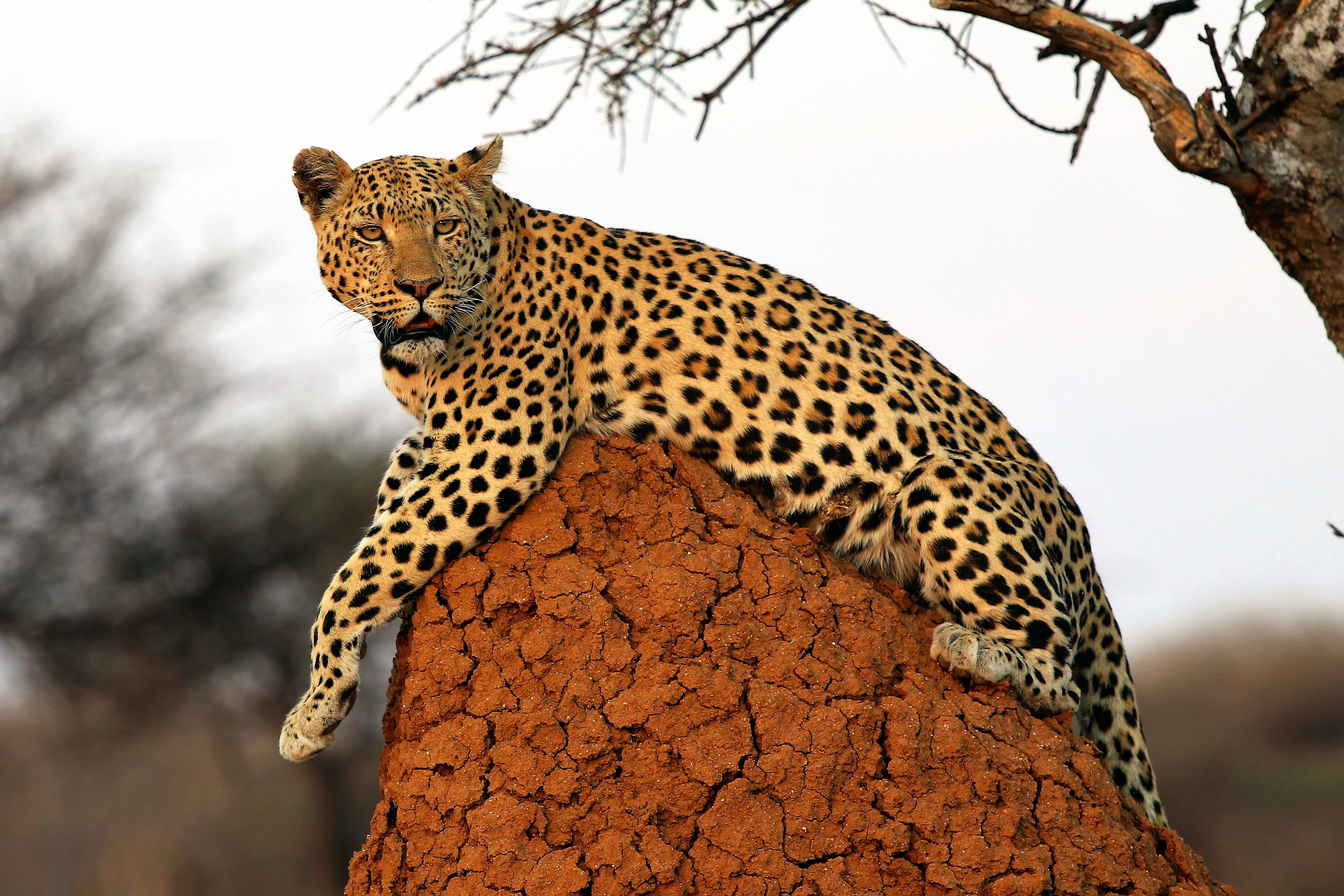
- Leopards possess night vision that is seven times superior to that of humans. They hunt at night.
- A leap of leopards is the term used to describe a group of these magnificent creatures. How beautifully expressed!
- A leopard's tail is nearly the same length as its body.
- These creatures have the ability to transport loads that are three times heavier than themselves.
- They pull their prey up into trees to prevent hyenas and lions from stealing it.
The Elephant: Gentle Giants of the Wilderness
Zambia is home to some of the largest elephant herds in Africa. Observe these majestic creatures in their wild surroundings at Kafue National Park and Lower Zambezi National Park, where they frolic in rivers, interact playfully with their calves, and roam the grasslands in search of sustenance. It is a sobering reminder of the majesty of nature to watch a herd of elephants pass soundlessly through the bush.
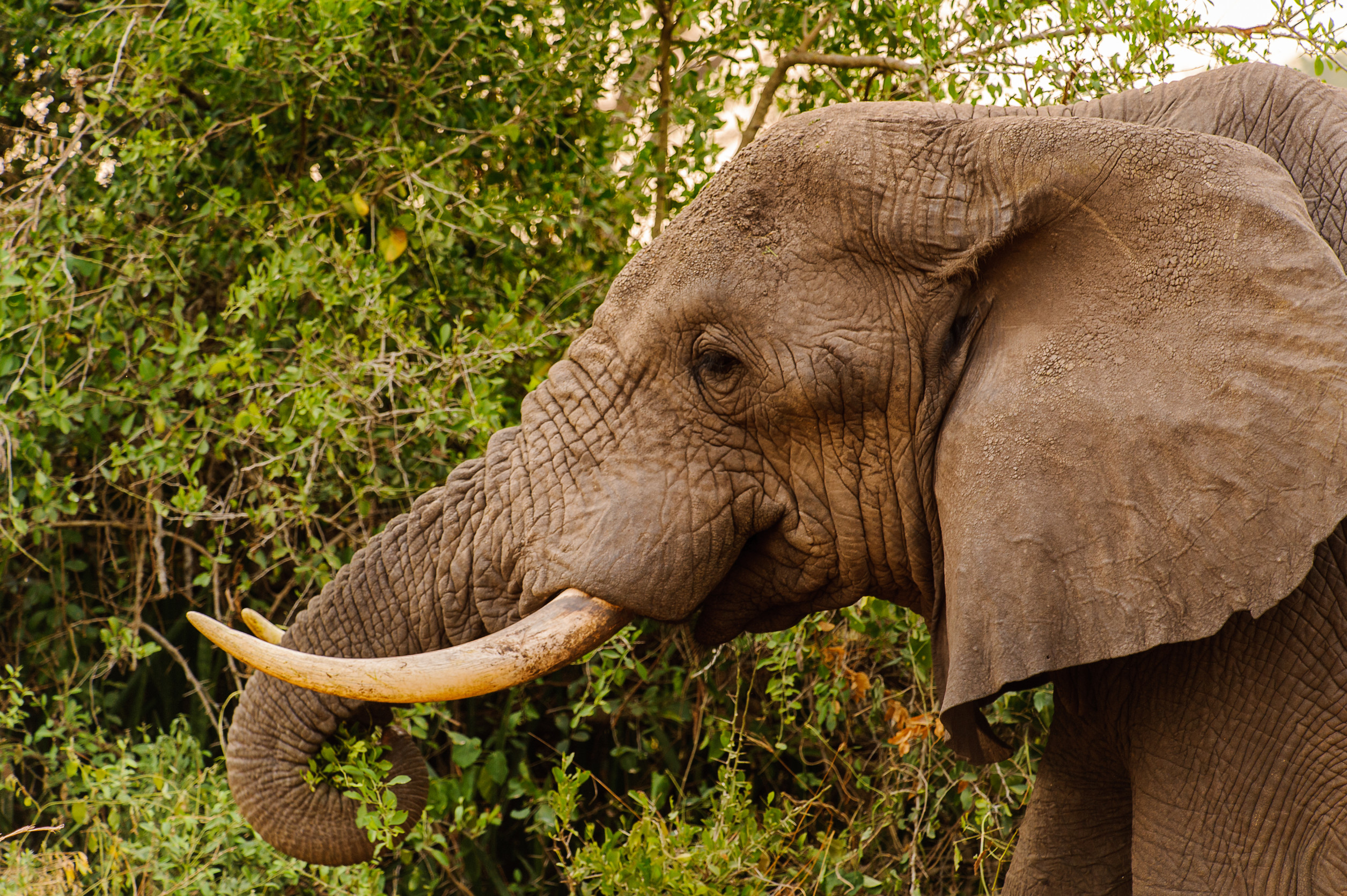
Fascinating Facts About Wild Elephants in Africa
Fun facts about African bush elephants include the following:
- The largest and heaviest terrestrial mammal is the African bush elephant (Loxodonta africana). It is bigger than Asian elephants and the forest.
- Between the ages of one and three, their tusks begin to grow and continue to do so.
- In the wild, its lifespan might range from 60 to 70 years.
- Each day, adults consume over 230 kg (500 lb) of plants. Elephants are essentially herbivores.
- Calves are also cared for by adults besides their parents.
- Matriarchs, who frequently lead the herds, have incredibly vivid memories that enable them to distinguish between friends and foes.
- Elephant babies are the cutest. Indeed, it is a fact.
The Buffalo: The Untamed Herd
Despite not having the same glitz as lions or leopards, buffaloes are powerful animals. Large herds of these strong animals are frequently observed grazing the savannas of Zambia. Buffaloes are an important component of the environment and an exciting sight for any safari traveller because of their massive horns and unpredictable character.
Cape Buffalo Chronicles: Fun Facts You’ll Want to Share
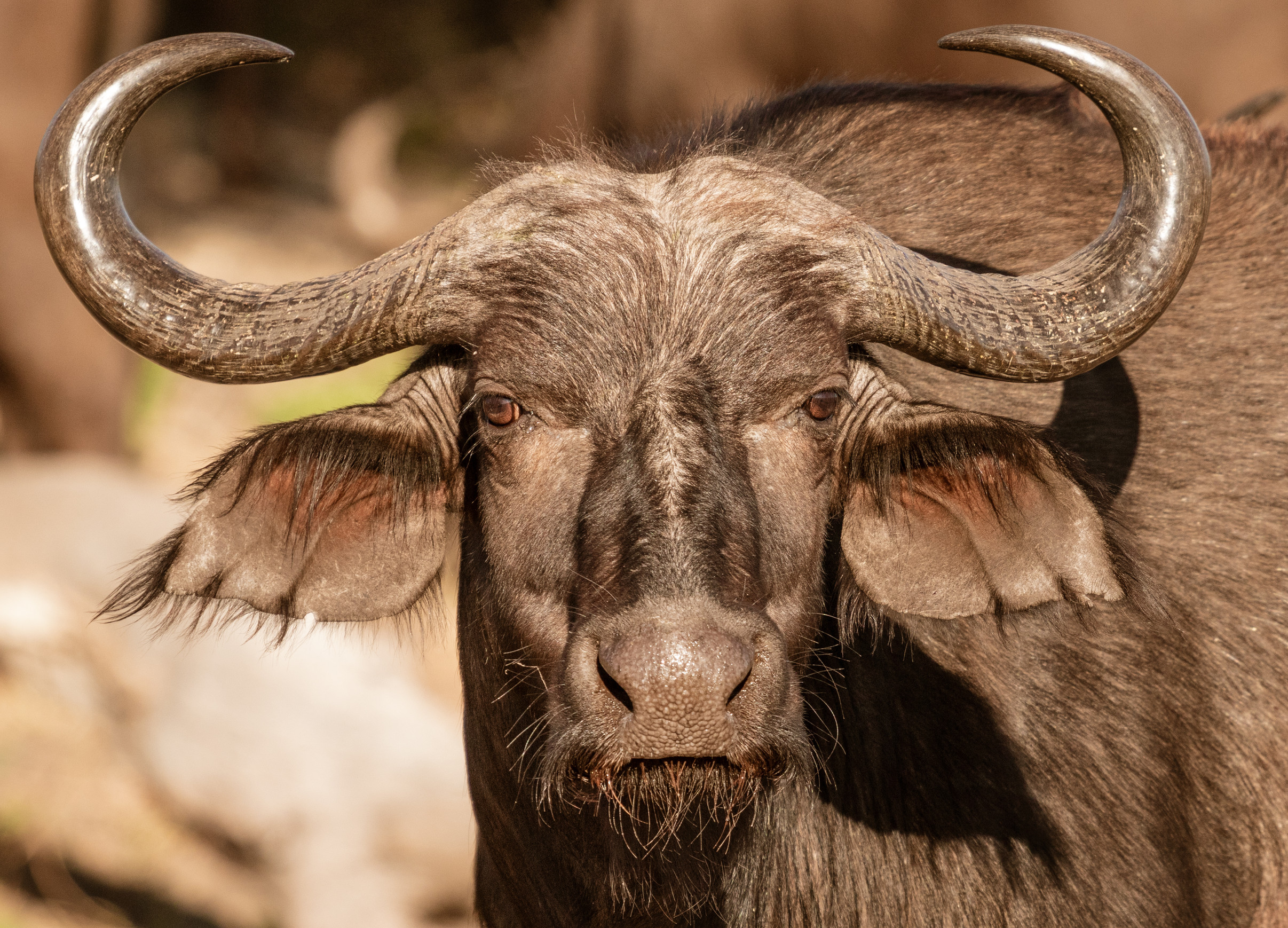
Below are additional intriguing details regarding the Cape buffalo (Syncerus caffer):
- The Cape buffalo possesses strength that is four times greater than that of an ox!
- Cape buffaloes possess such ferocity that they sometimes take down lions when they perceive a threat.
- On average, male buffaloes weigh about 100 kg more than females, reaching weights of up to 800 kg.
- In Africa, the Cape buffalo stands out as the sole species within the cattle and buffalo family (Bovinae) that occurs naturally.
- Their hide may reach a thickness of two inches in certain areas.
- A calf is capable of standing within 10 minutes after birth.
The Rhinoceros: The Endangered Warrior
Of the Big Five, rhinos are the rarest, yet Zambia is making amazing efforts to preserve and protect these amazing animals. The extremely endangered black rhino can be found in a sanctuary at North Luangwa National Park. The unique and poignant experience of seeing a rhino in the wild serves as a reminder of the significance of conservation initiatives in preserving these extinct creatures.
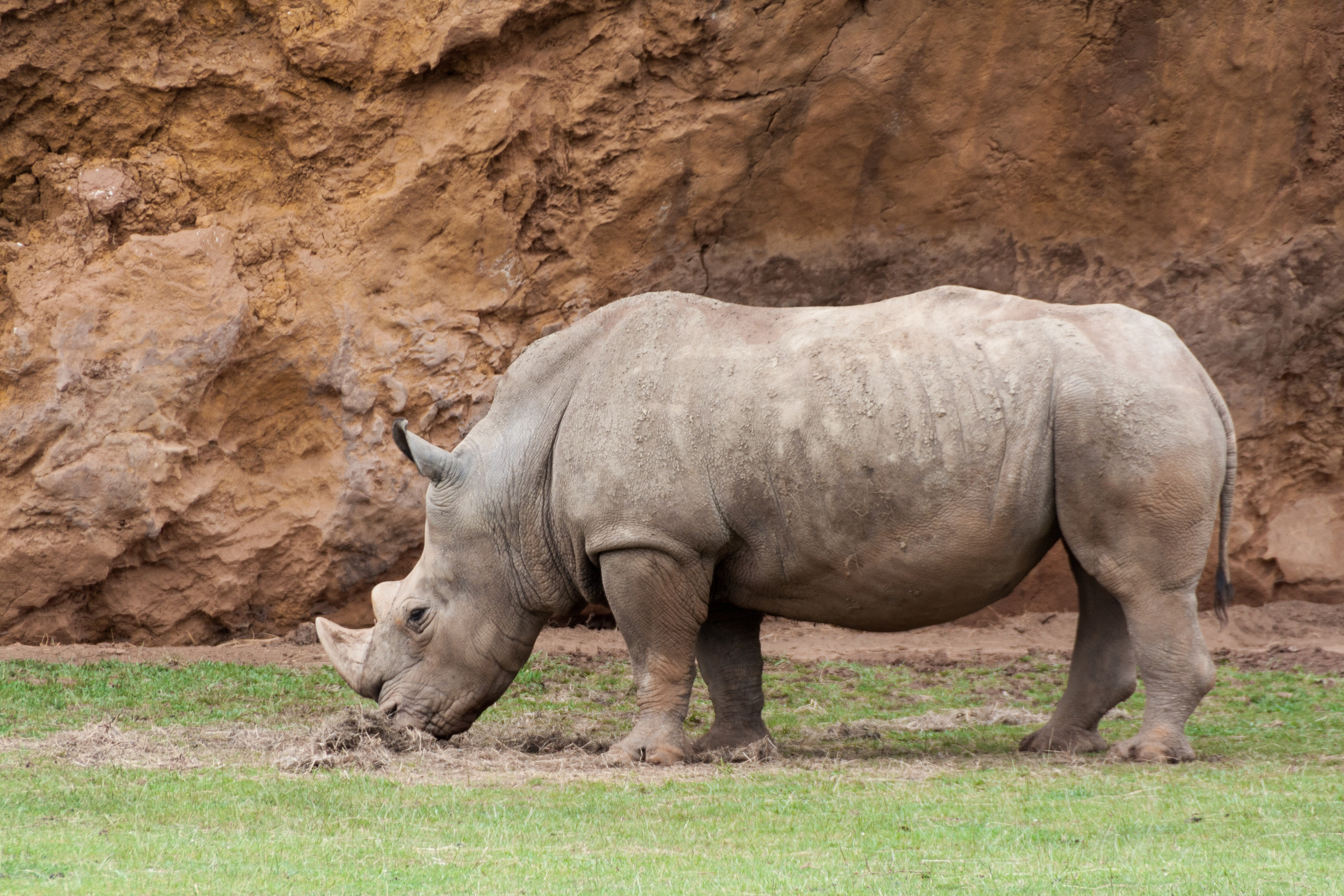
Rhino Revelations: Mind-Blowing Facts You Need to Know
Check out these fascinating facts about rhinos:
- Rhinos may not see well, but they excel in hearing and have a remarkable sense of smell.
- Their horns consist of numerous tightly packed strands of keratin, akin to human fingernails. It is quite resilient, yet it may fracture during confrontations.
- When frightened, rhinos can emit loud screams.
Top destinations to Witness the Big Five in Zambia
While the Big Five can be found in various regions throughout Zambia, some areas stand out for their high concentrations and diverse wildlife viewing experiences:
Lower Zambezi
This region offers a unique combination of land and water-based safaris. The Zambezi River, with its channels, lagoons, and islands, provides a haven for wildlife. Enormous herds of elephants are often seen at the river's edge, along with buffalo, lions, and leopards. Lower Zambezi National Park is situated upstream from Mana Pools National Park in Zimbabwe.
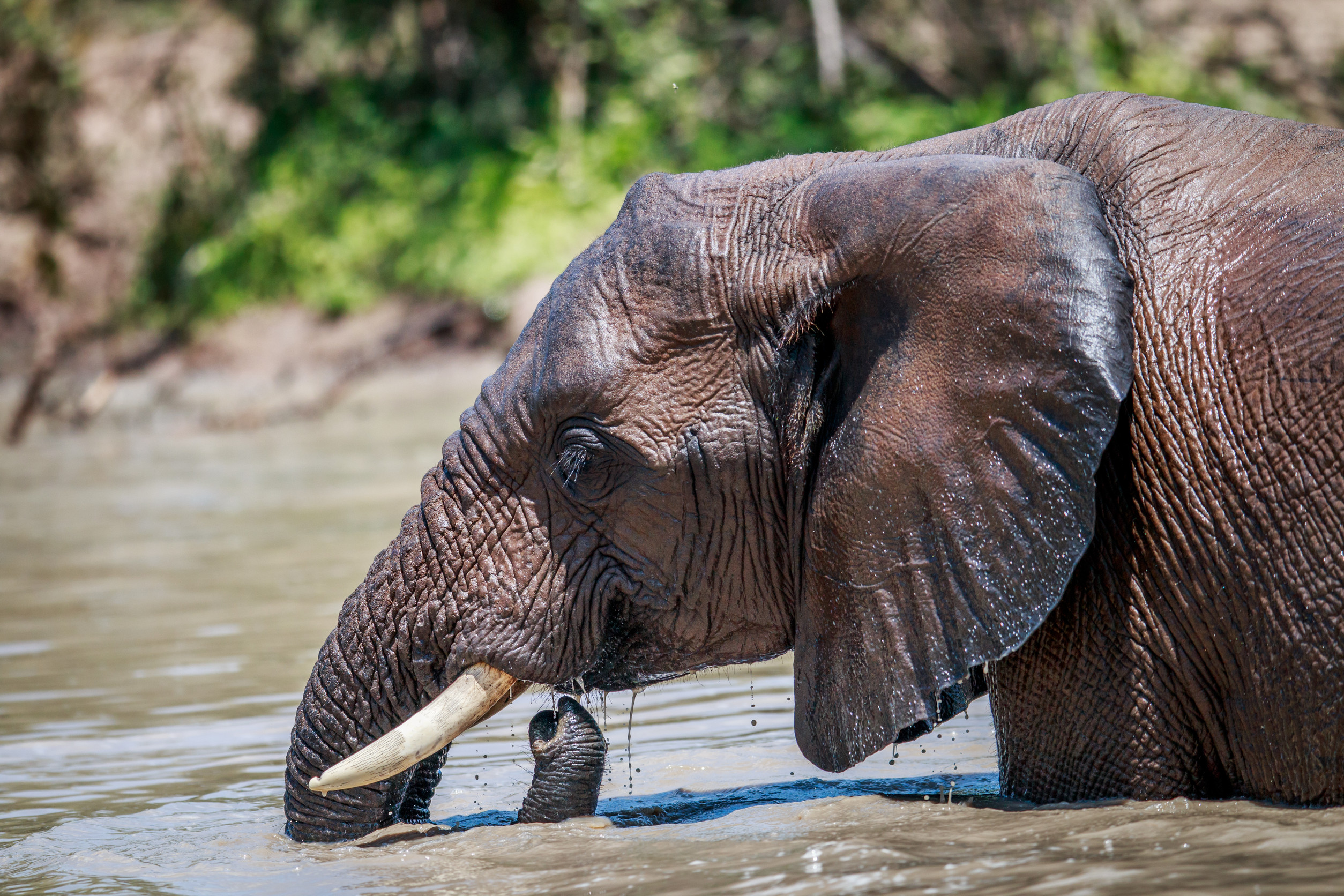
Luangwa Valley
Bordered by the Muchinga Escarpment in the west and the Mafinga Hills in the east, the Luangwa Valley is home to both South Luangwa and North Luangwa National Parks. The Luangwa River flows through the valley floor, supporting a rich ecosystem. This region is known for its walking safaris and boasts extraordinary concentrations of wildlife, including the endemic Cookson's wildebeest and Thornicroft's giraffes. South Luangwa is renowned for its leopard population, while North Luangwa is the only place in Zambia where you can find the black rhino.
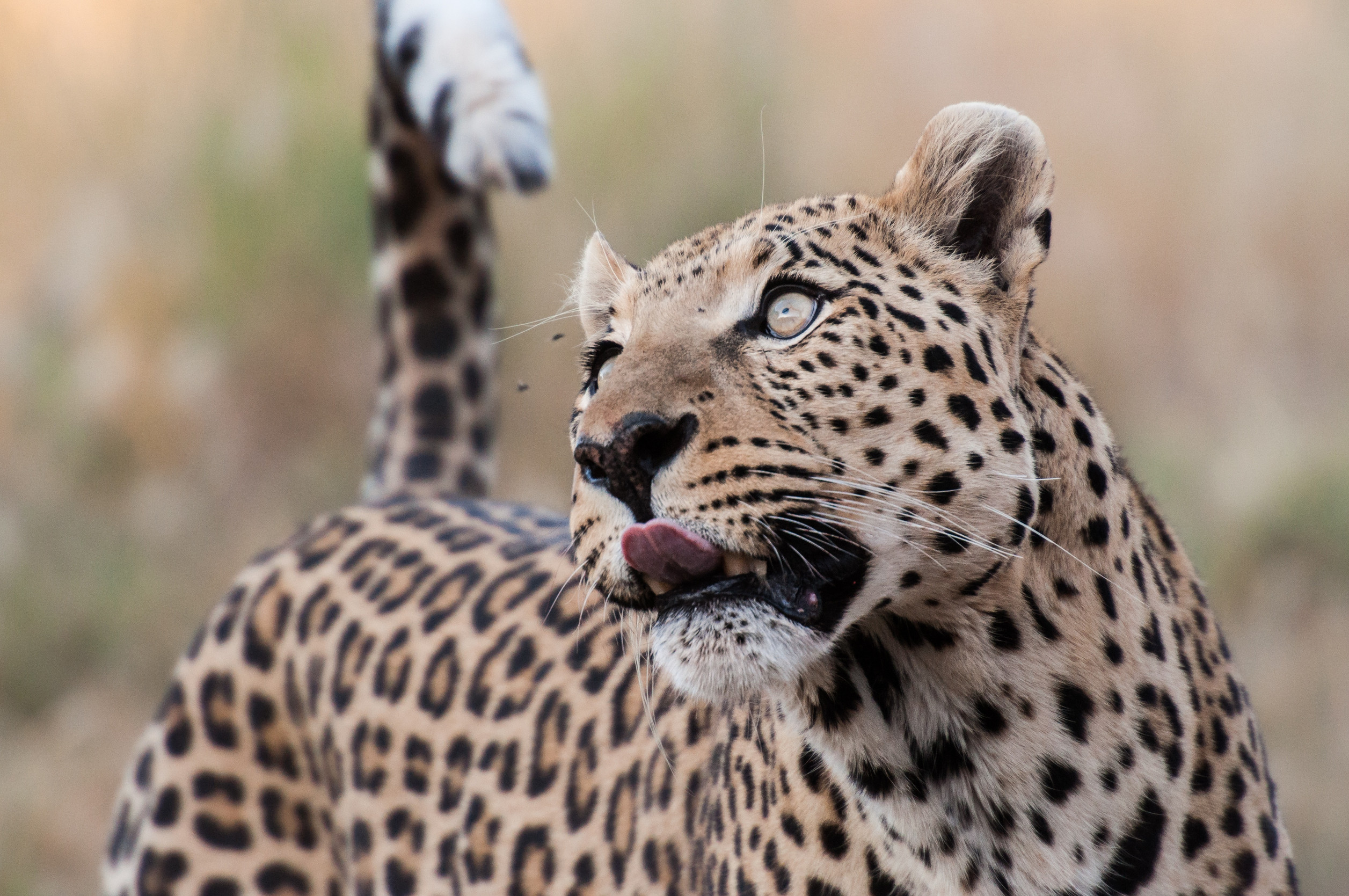
Kafue National Park
As Zambia's oldest and largest national park (roughly the size of Wales), Kafue offers a diverse range of habitats, from floodplains to miombo woodlands. It is home to a variety of wildlife, including the Big Five, although rhino sightings are rare.
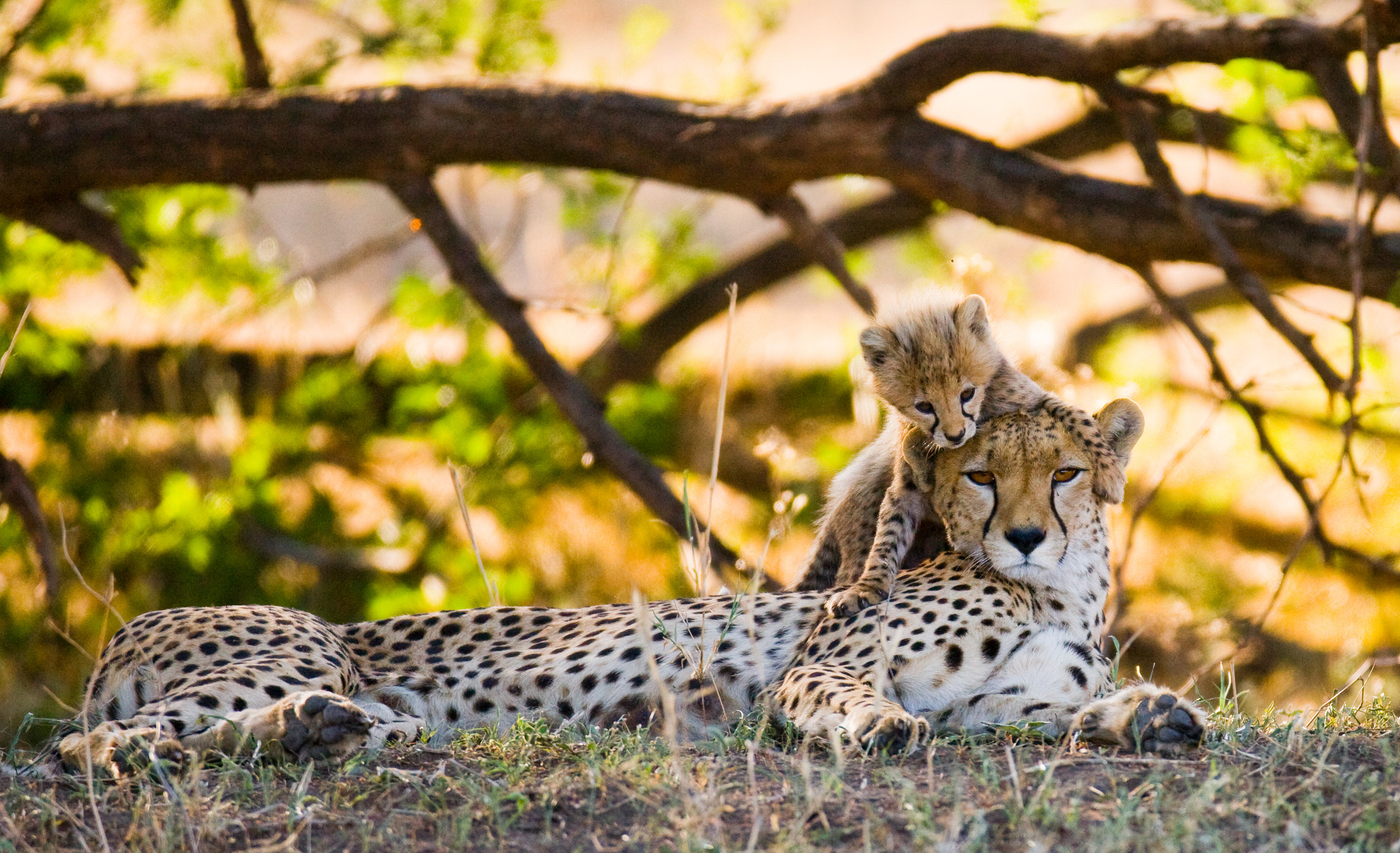
Capturing the Majesty: Mastering Photography of the Big 5
Research habitats, use a telephoto lens, shoot in golden light, stay patient and quiet, and respect wildlife rules for stunning Big Five photos.
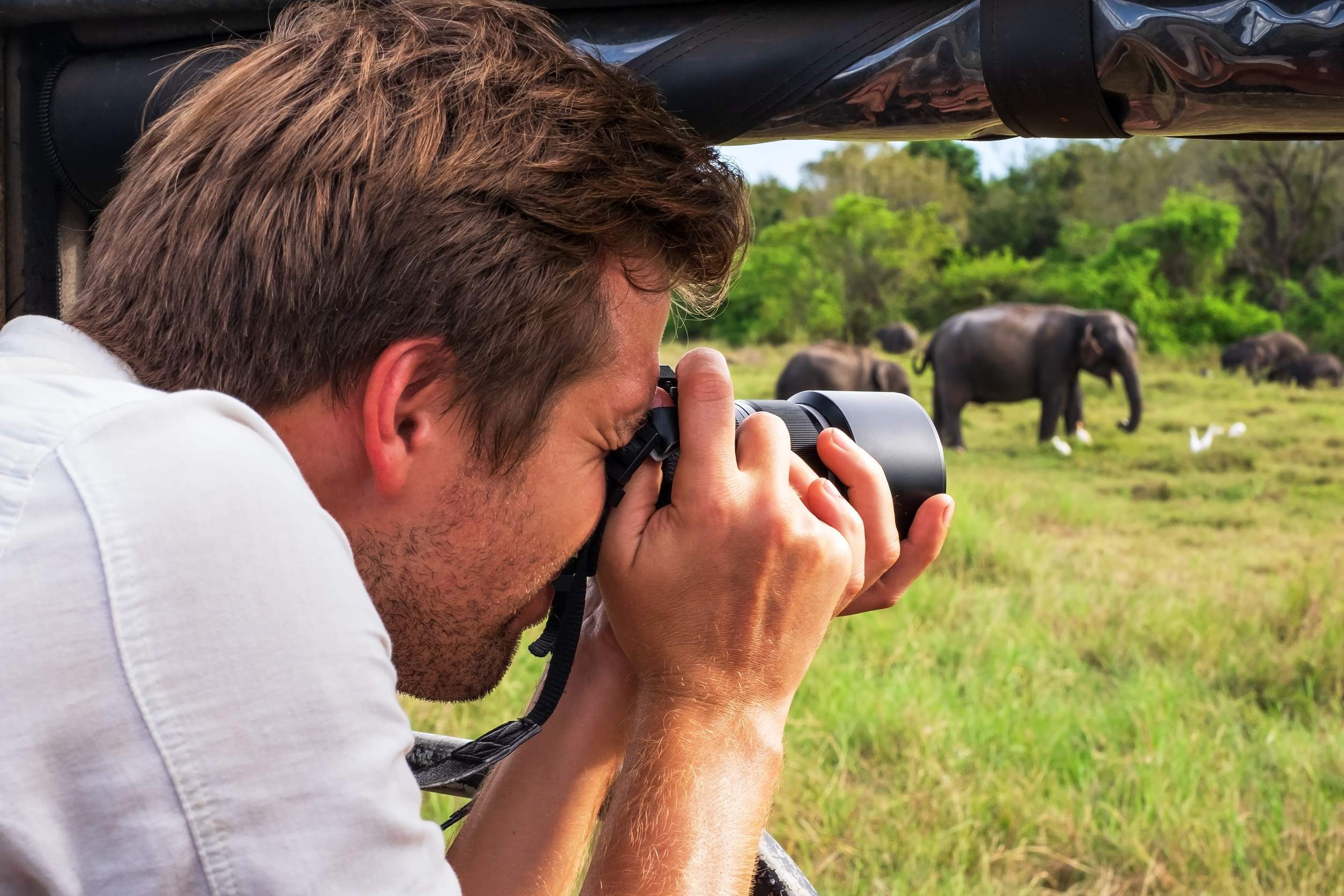
-
African elephant
Utilise a wide-angle lens to place them within the natural surroundings. Select a zoom lens to photograph close-up details, such as tusks, trunks, or beautifully expressive eyes. Highlight their size by capturing images from various perspectives, such as from ground level if you have access to a hide.
-
Buffalo
Capturing images of buffalo can be quite challenging due to the deep tones of their hides, which often complicate exposure settings. A backlit herd in motion, surrounded by swirling dust clouds, creates an incredibly atmospheric scene for photography. Solitary bulls present fascinating character studies, showcasing their massive horns and enigmatic expressions.
Bulls enjoy rolling in mud, creating beautifully textured black and white photographs. Look out for oxpeckers, small birds that feed on ticks and fleas in buffalo ears, creating striking visuals as their fragility contrasts sharply with the buffalo's massive presence.
-
African Lion
To capture an extraordinary image of a lion, your patience is just as crucial as your skill in observing them while they rest during the day, get ready to hunt at dusk, or feast at dawn. Night drives are exclusively available in private reserves and concessions, providing an opportunity to observe a pride in a playful state, either before hunting or after they have fed.
If you are fortunate enough to witness lions during a feeding, don't forget to take wide shots of the surrounding activity at the kill, including approaching vultures, curious hyenas, or lurking jackals. Cubs make for fascinating subjects and tend to be more lively during daylight hours compared to adults. A close-up captures all their charming traits, highlighting their large paws and ears along with their kitten-like growls.
-
Leopard
For leopard photography, especially against bright skies, check your settings and images constantly. Bright backgrounds cause underexposure. Use spot metering on the leopard, then either set the exposure manually or use AE-L. This ensures a well-lit leopard, not a dark silhouette. Adjust as needed.
When shooting in dim light, increase your ISO and open your aperture to its maximum. This will result in a shallow depth of field, so take a moment to consider the focal point of the image you’re creating. The captivating images of leopards often highlight their intriguing mysterious eyes as the central feature.
-
Rhinoceros
The enormous size of rhinos, much like that of elephants, offers a wide range of composition possibilities. A wide angle provides context, whereas a zoom enables you to concentrate on the intriguing features of their prehistoric-like bodies. The expressiveness of their ears and eyes, along with the bouncing antics of young calves, more than compensate for the adults' relatively sedentary habits.
Rhinos create striking visuals, showcasing a solitary figure against expansive scenery, alongside uplifting portrayals of young ones still awaiting the growth of their horns.
Little Five of Zambia’s Wild
The Little Five earned their name by incorporating the titles of the Big Five. Nonetheless, spotting the Little Five during a safari can be more challenging than encountering the Big Five. These creatures inhabit various regions of Zambia and should definitely be included on any safari bucket list!
Leopard Tortoise
Leopard Tortoises get their name from the distinctive leopard-like pattern found on their shell. As Leopard Tortoises age, their spots diminish in size; in their youth, they display a rich dark brown or black pattern that evolves as they mature.
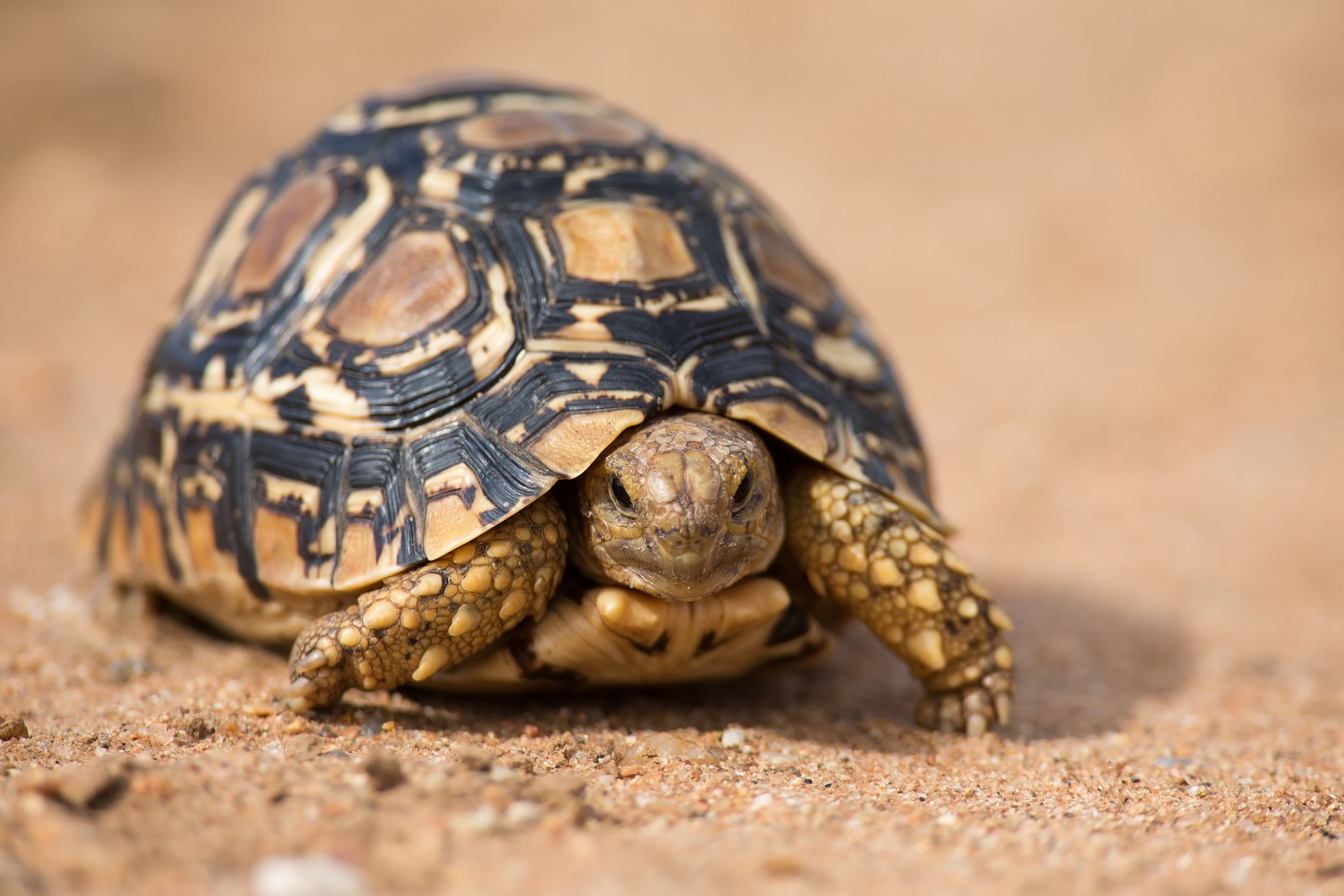
The leopard tortoise, similar to other tortoises, can utilise its shell for defence by retracting its head, tail, and legs. These impressive animals inhabit savanna environments and are plant eaters that consume grass and succulent plants.
Antlion
The antlion ranks as the tiniest member of the Little Five. These creatures are typically located in the dry, arid regions of Africa.
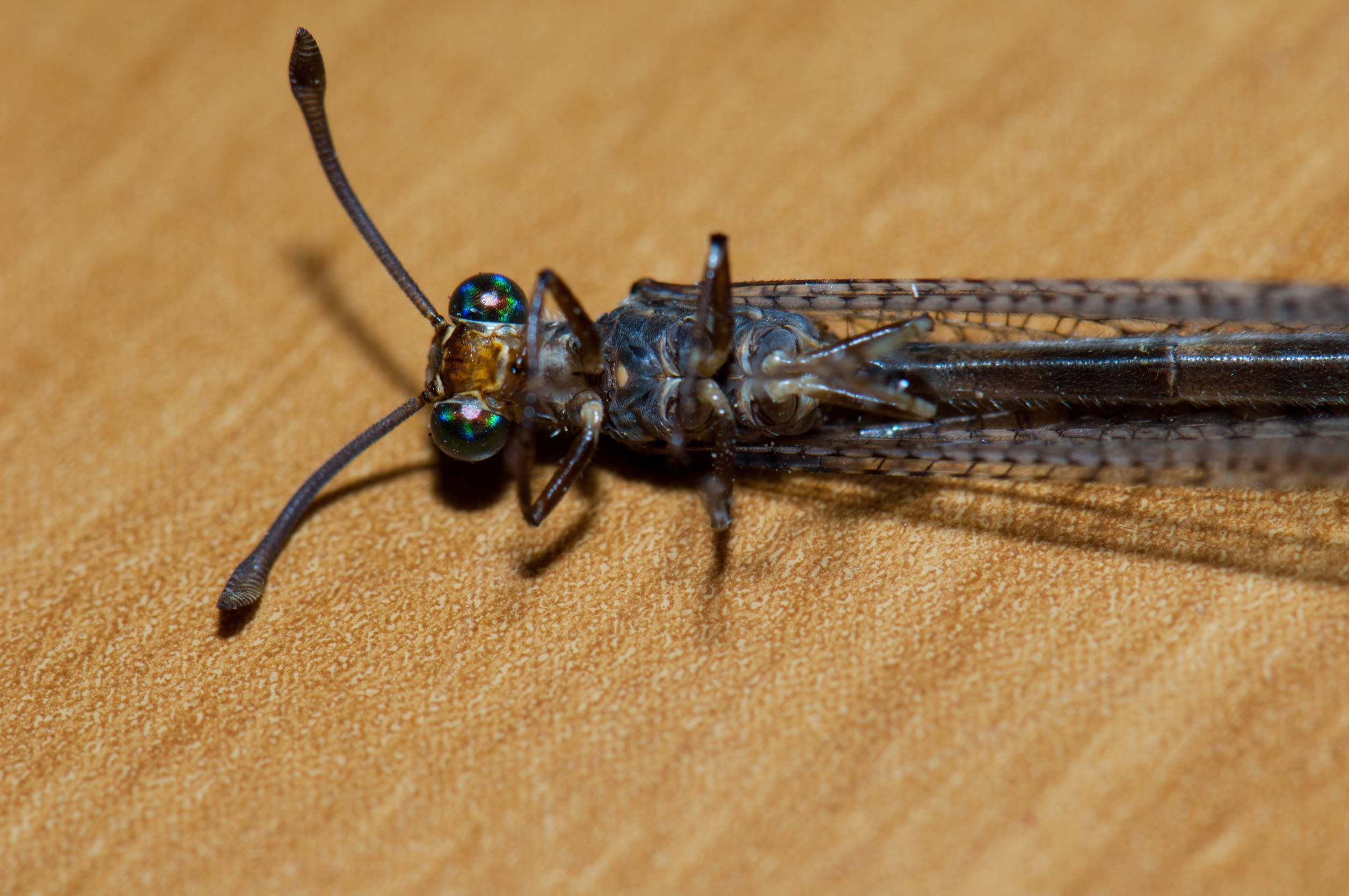
In America, antlions are referred to as doodlebugs due to the doodling patterns they create in the sand. With their sizable jaws, they can effortlessly capture their prey while concealed in the sand. Their primary diet consists of ants, which is reflected in their name. The antlion exists in the larval phase of an insect known as the Antlion Lacewing.
Elephant Shrew
It is clear how elephant shrews earned their name—from their trunk-like snouts. Using their snouts, they search for and excavate insects, which constitute the bulk of their diet.
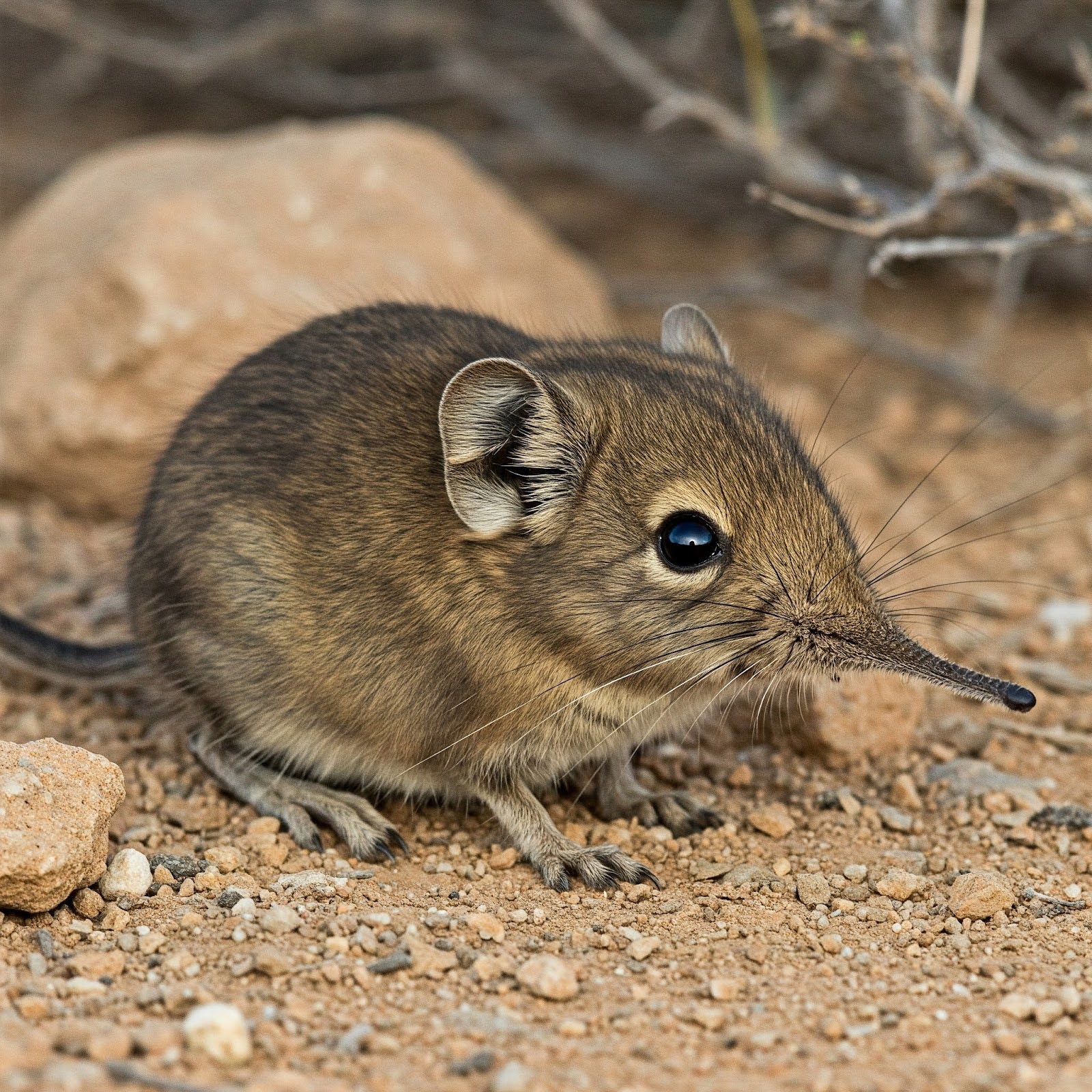
Elephant shrews can reach lengths of up to 30 centimetres and possess long legs, enabling them to hop around effectively. They establish their territory by emitting a scent from a gland located beneath their tail. Nonetheless, elephant shrews tend to be quite timid creatures and are rarely observed.
Rhinoceros Beetle
The Rhino Beetle gets its name from its stunning body armour, particularly its horn that resembles that of a rhinoceros. This horn serves multiple purposes: it is utilised for fighting and self-defence, as well as for foraging food.
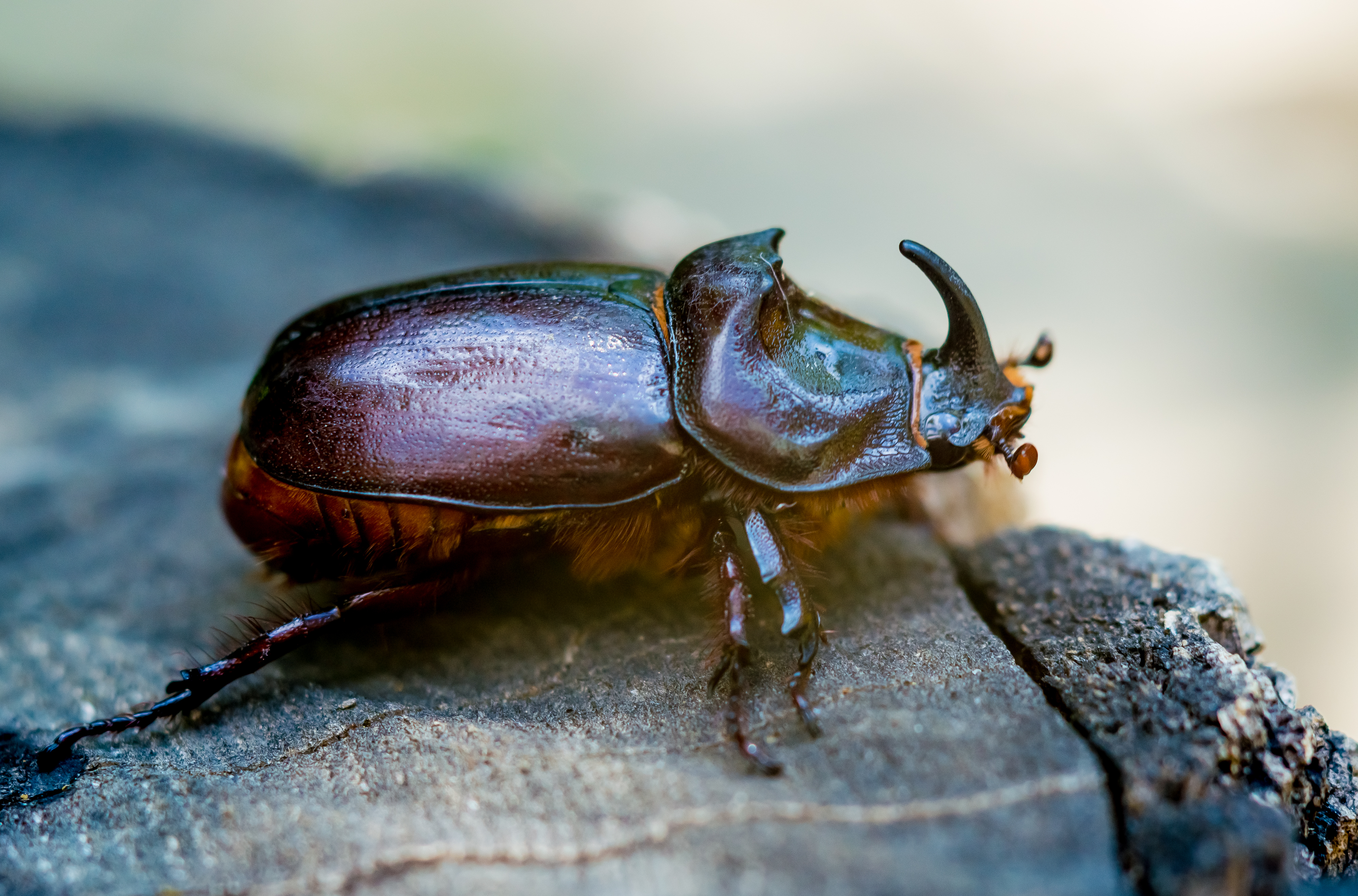
They consume decaying wood, bark, sap, and plant material. The maturation period for the Rhino Beetle spans 5 years, which is quite lengthy for a beetle species. Reaching lengths of up to 2.5 inches, they are among the strongest animals in the world when considering their size.
Buffalo Weaver
The Buffalo Weaver is an exquisite bird that can belong to either the Common Black Buffalo Weaver species or the White-headed Buffalo Weaver species.
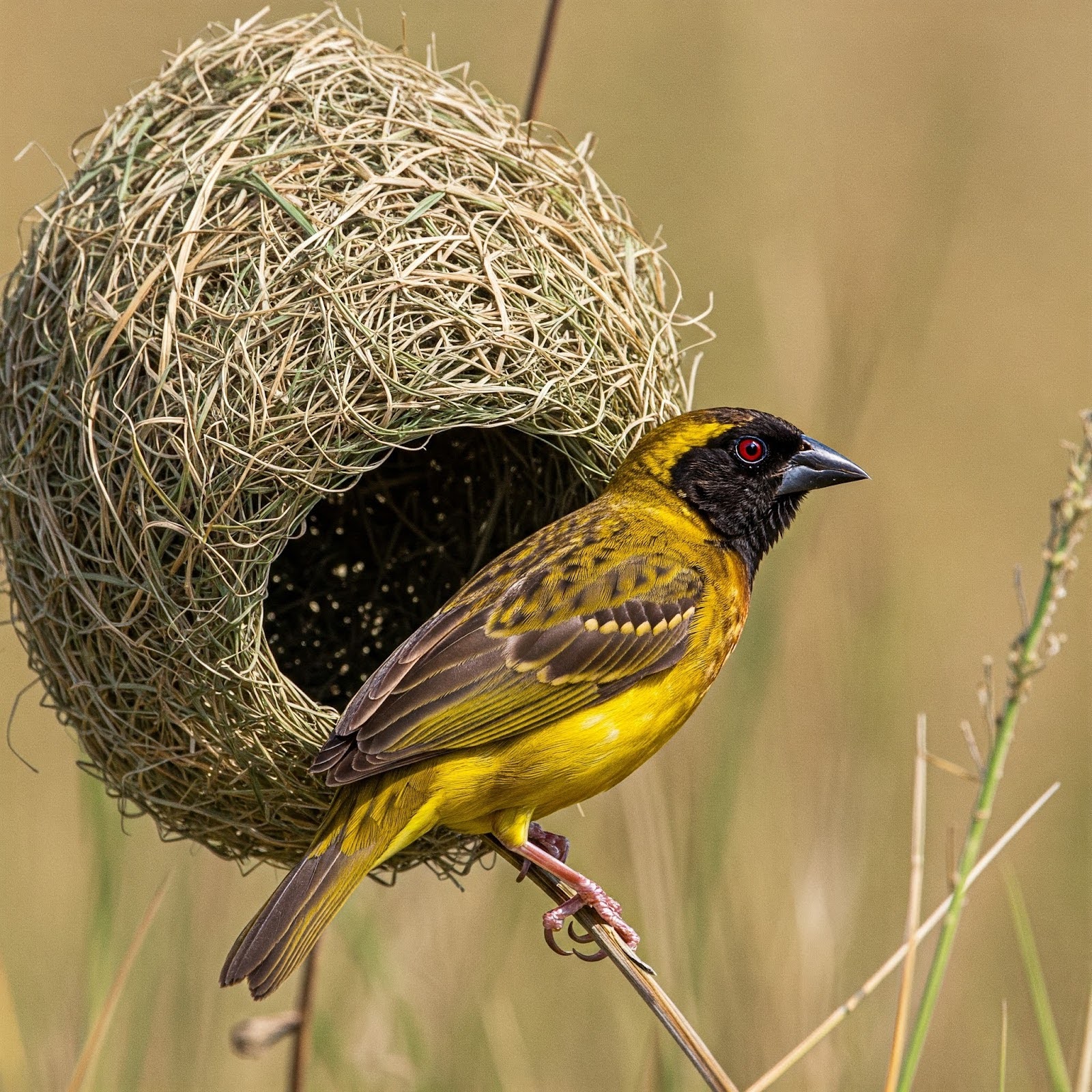
These birds can grow to a height of 9 inches and mainly feed on small grass seeds, insects, and fruits. Buffalo Weaver species live in dry areas and have a variety of unique calls.
Your Adventure Awaits
Imagine waking up to the sound of birds singing, savoring a cup of coffee as the sun rises over the savanna, and setting off on a game drive to find the Big Five. Imagine being gathered around a campfire, surrounded by a starry sky, exchanging tales of the day's escapades. Zambia promises to enchant everyone, from the experienced safari lover to the newcomer, with its stunning landscapes, remarkable wildlife, and welcoming atmosphere. This isn’t merely a trip; it’s an expedition into the soul of Africa
How to Secure Your eVisa for Zambia
Step1: Complete the online eVisa application by entering your passport details.
Step2: Execute the online payment using a Credit or Debit card.
Step3: Monitor your email for payment confirmation and the electronic delivery of your visa.
